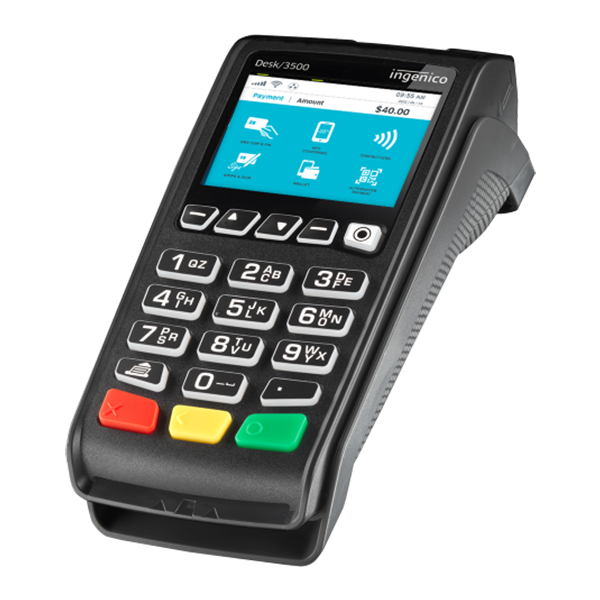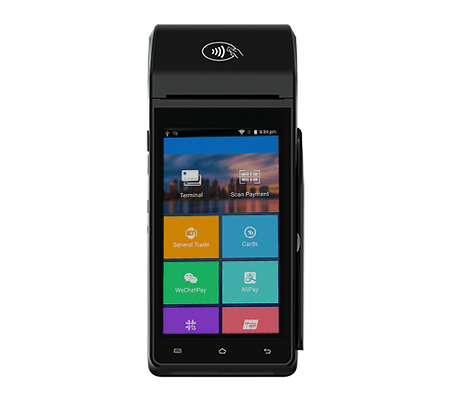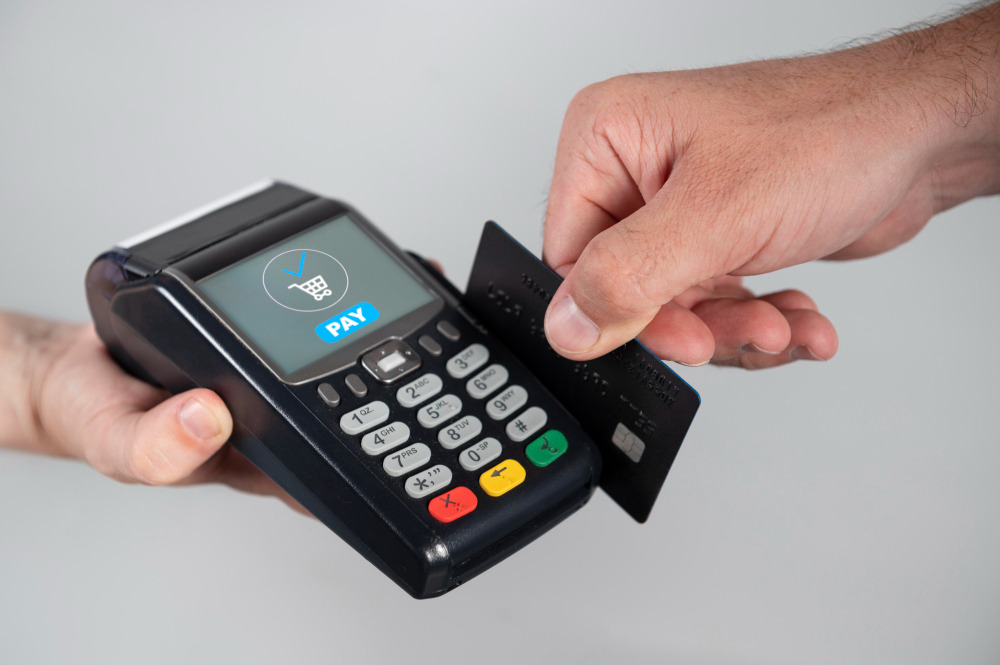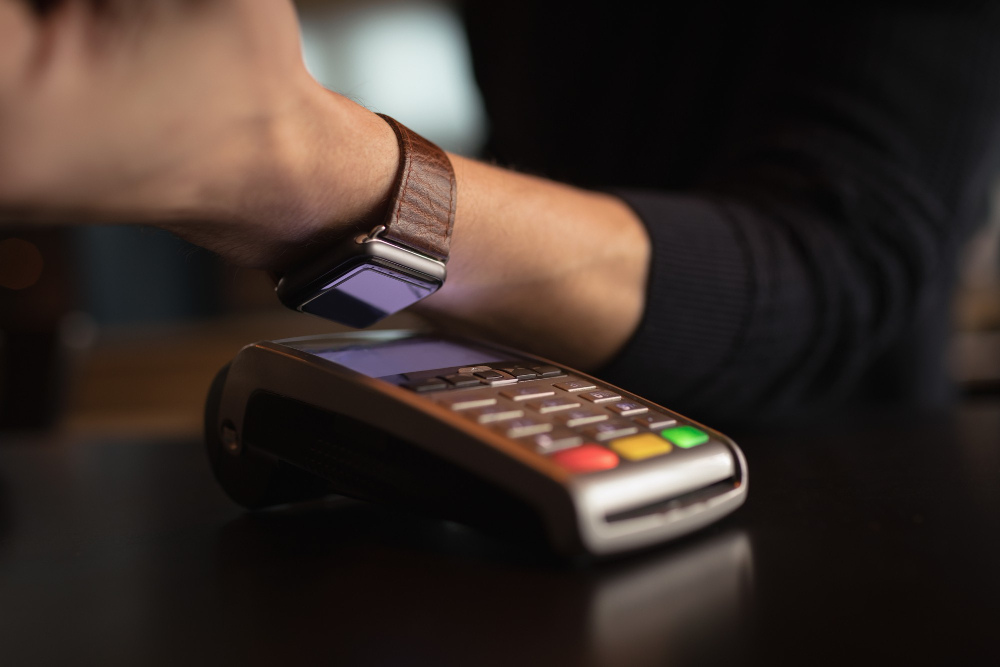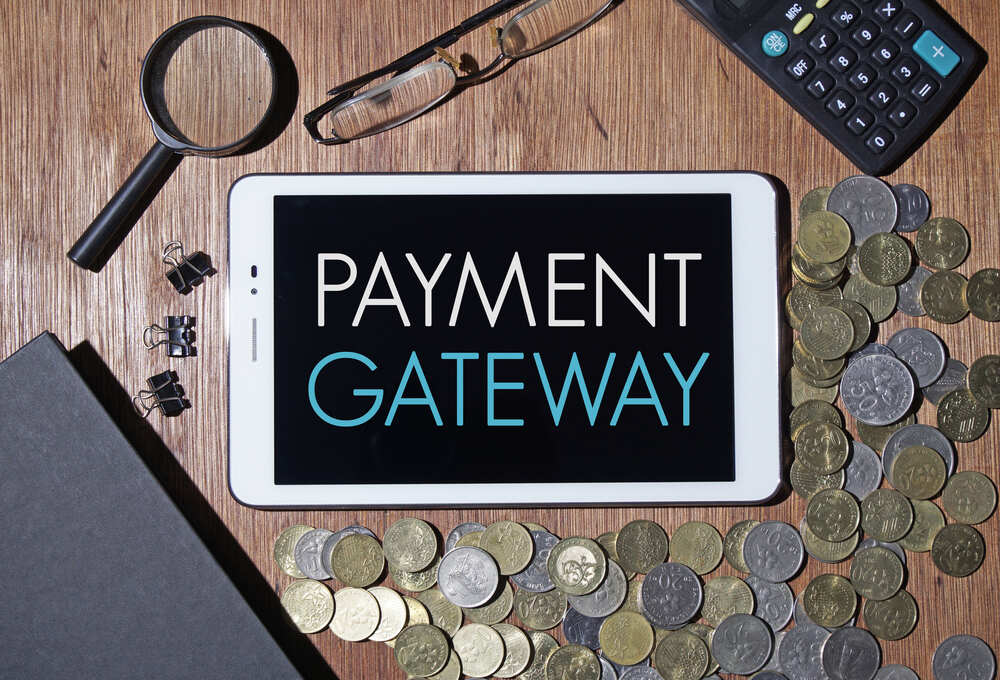With online shopping comes the threat of online scams. There are many incidents where customers lose their money in scams. Its been a headache for sellers to facilitate their customers with secure online credit card payments.
However, most merchants seek methods to protect their credit card processors and payment gateways. But no matter how hard they try, there remains a loophole that allows scammers to break into their security. Considering this serious concern of both retailers and shoppers, we try to cover the set of protocols. If the sellers follow, they can secure their online payment processors.
How Does Online Credit Card Scam Work?
Before moving on to the solution, let’s understand the problem first.
The scammers initially hunt their target, i.e. online shoppers, an online store, an eCommerce or a personal website. Afterwards, they analyze the security level of the potential victim. Suppose the system is secure enough. They save time breaking into this security as they search for weak links only.
Also Read: How Are Payment Gateways Like Stripe Making Online Business Easy?
Scammers can scam in the following ways. Either the website doesn’t have adequate security, hacking your system, customers leak their data, or sellers leak customers’ data.
Steps To Ensure Secure Online Payments
Though To process secure online payments, there are some steps that shoppers and sellers need to follow.
Step 1: Use Secure Payment Methods
Payment methods allow you to pay your bills online. It includes credit/debit cards, mobile-authorized payments, QR code payments, and more. Some methods are legit and secure, while others aren’t. Therefore, sellers opting for online merchant services must ask providers for safe and secure merchant processing solutions. Some well-known payment methods are Paypal, G pay. Visa credit card, Apple pay etc.
Step 2: Enable Two Factor Authentication
Once you have set up your payment method, the next mandatory step is to enable two-factor authentication. The two-factor authentication ensures the payment initiated is authentic. When someone initiates a transaction, they are asked to insert the security code received on their phone number and email. Therefore this helps the system to detect whether a shopper is a real or a scammer. Also, merchants can enable two-factor authentication on their mobile payment terminals.
However, this two-factor authentication is a must for online payment processing services to ensure secure online payments.
Step 3: Verification Of Transactions
As a seller or a merchant, to ensure the transaction is legit or a scam, its verification is a must. The verification of the transaction includes the verification of the initiator. However, the verification can be address verification, ID verification etc.
It is the responsibility of the service provider to provide features that can verify a transaction. Therefore the sellers should acquire the services of the provider that provide them with a verification feature. If you are still determining which service provider offers this feature, you can check out the merchant service provider list to confirm.
Step 4: Be PCI DSS Compliant
For a credit card processor to be secure enough, it must be PCI DSS compliant. In the Payment Card Industry, Data Security Standards, the service providers provide machines that follow the security protocols set by PCI.
The service providers charge you fees for credit card processing to provide you with features that ensure a secure transaction. The security of your confidential data, and your customers’ data, anti-hacking and anti-theft are noteworthy features that a credit card processor should have to be PCI DSS compliant.
Also Read: How To Become PCI DSS Compliant As A Merchant
Sellers mostly buy credit card processors and pay merchant transaction fees on each transaction. If your service provider doesn’t facilitate you with a PCI DSS-compliant processor, then switching to another provider is better.
Step 5: Never Store Customer Information
The last step to ensure a secure transaction is never storing the customers’ information in your database. The reason for not storing data is it becomes easy for scammers to access the entire data if they somehow breach your security. However, storing data is important from a marketing perspective. It helps you to track customer behaviour.
Still, if you want to store the data and later process it ask your provider for cloud storage. The service providers offer more secure cloud storage, where sellers can easily store the data.
The providers that offer cloud storage are merchant portal global payments, Opayo by Elavon, MBE POS, Moneris etc.
Ending Notes
Every successful business demands the trust of customers on it. And trust comes when you make your customers feel secure. However, trust builds in online business when customers can freely pay their amount and feel secure.
If you want to start your online business or you are already selling. The first thing first you need to do is make your payment gateway safe and secure. So no one could breach your security and steal your money and data.
And if you need to learn how to ensure the security of your payment processor, then you must read this blog. However, this blog covers all the steps an online seller must follow to ensure secure customer transitions.




